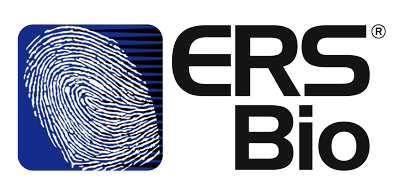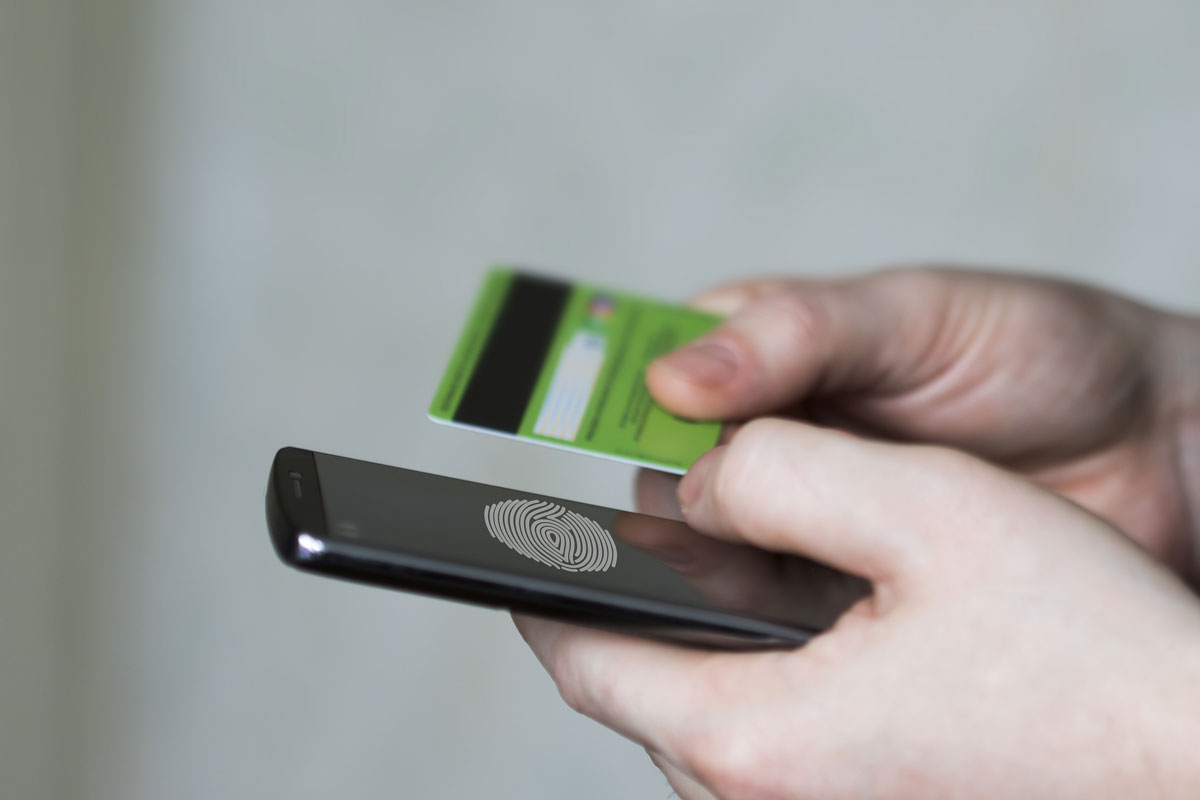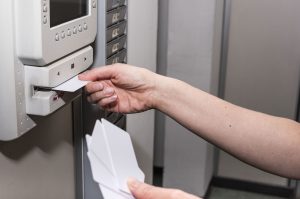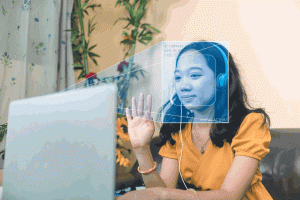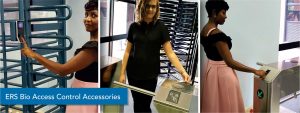10 Ways in which fingerprint scanning is being incorporated into daily life
Fingerprint scanning technology is fast becoming part of our daily lives. From unlocking doors in office buildings to unlocking your smartphone. Fingerprint scanning can be used in countless ways to positively identify individuals and secure information.
Whereas locks can be picked, passwords forgotten, online passwords guessed or hacked, biometrics is nearly impossible to replicate with the advancements in fingerprint, retina and facial scanning.
The odds of two people having the same biometric make-up is highly improbable, and fraud by means of replicating someone’s fingerprint, for example, is made even more difficult because today’s technology incorporates various checks when scanning biometrics, such as temperature and pulse.
Here are 10 ways in which fingerprint scanning is being incorporated into our daily routines:
1.Banks
Apart from banks utilising mobile phones and mobile apps, some have started implementing fingerprint scanning at their ATMs, whereby you need to verify a transaction through biometric scanning, instead of a pin.
Digital security company, Gemalto, has developed the world’s first biometric interface card, which communicates with the ATM without contact. Once the owner uses their fingerprint to unlock the card, the transaction will be processed.
2. Computers and mobile phones
Certain laptop models already come with a built-in fingerprint scanner, much the same as the newer smartphones available on the market. Personal Computers (PC) can have mobile fingerprint identification devices plugged in through a USB port, that can be used for securing access.
Some USB flash drives already incorporate biometric scanning in order to access the information stored on them.
3. Airports
Airports offer frequent international travellers the opportunity to join their database. In doing so, instead of standing in long queues, the individual will enter a booth and scan their fingerprint or retina, instead of waiting to have their passports checked.
4. Building access
Fingerprint access for buildings is nothing new. Biometric access has been used for many years to grant access to only registered/enrolled users.
5. Cars
Biometric technology is making its way into the automotive industry. Anything from voice recognition through to fingerprint scanning can be used to unlock your vehicle.
6. Blood banks and hospitals
Blood banks are making use of fingerprint identification, allowing quick access to a donor’s information.
Hospitals, likewise, are using biometric security systems to protect classified patient information, ensuring that only relevant staff have access to the patient’s documents and medical history. High-care wards and paediatric wards are also implementing scanners to ensure that no unwanted individuals have access to critical patients or medication.
7. Schools
Schools have started looking toward biometric as a way of ensuring that only pupils, teachers and parents/guardians have access to school grounds. They also use the systems to check attendance, hand out daily meals or to check out library books.
8. Gyms
Gyms make use of fingerprint scanners instead of cards, for the simple fact that with a card, members can swipe for their friends, accumulating points when their gym membership is linked to a medical aid. With fingerprint scanning, only the actual member can sign in.
9. Enrolment and criminal checks
Many companies use fingerprint enrolment devices to run criminal checks on new employees
10. Equipment logs
Individual employees can clock in via fingerprint to unlock or run equipment. Fingerprint scanners can be linked to a variety of uses, from scales through to heavy-duty farm equipment, keeping track of which employee used the equipment. This use is particularly handy in industrial or agricultural settings.
Biometric scanners are making their way into checkout points at the grocery store, in electronic voting stations, unlocking of firearms, self-serve kiosks, safes, storage lockers and much more.
The fact is, you cannot simply forge a fingerprint. The technology isn’t new, but advancements are constantly made, ensuring a higher level of security. With the technology becoming more affordable in recent years, investing in a biometric access system for your business is an absolute must.
